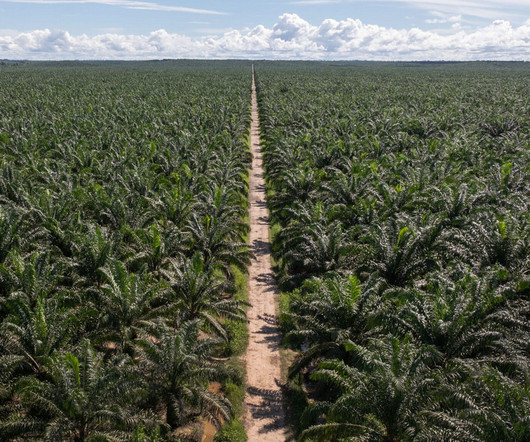Black Earth: A Family’s Journey from Enslavement to Reclamation
Civil Eats
DECEMBER 10, 2024
When the owner of the land where Byron was sharecropping died, he willed Byron at least 10 acres. It really is modern-day sharecropping. He sells the hemp to BioPhil Natural Fibers in Lumberton, which processes it into woven materials, textiles, and clothing. The elders refer to the USDA as the last plantation, she says.










Let's personalize your content